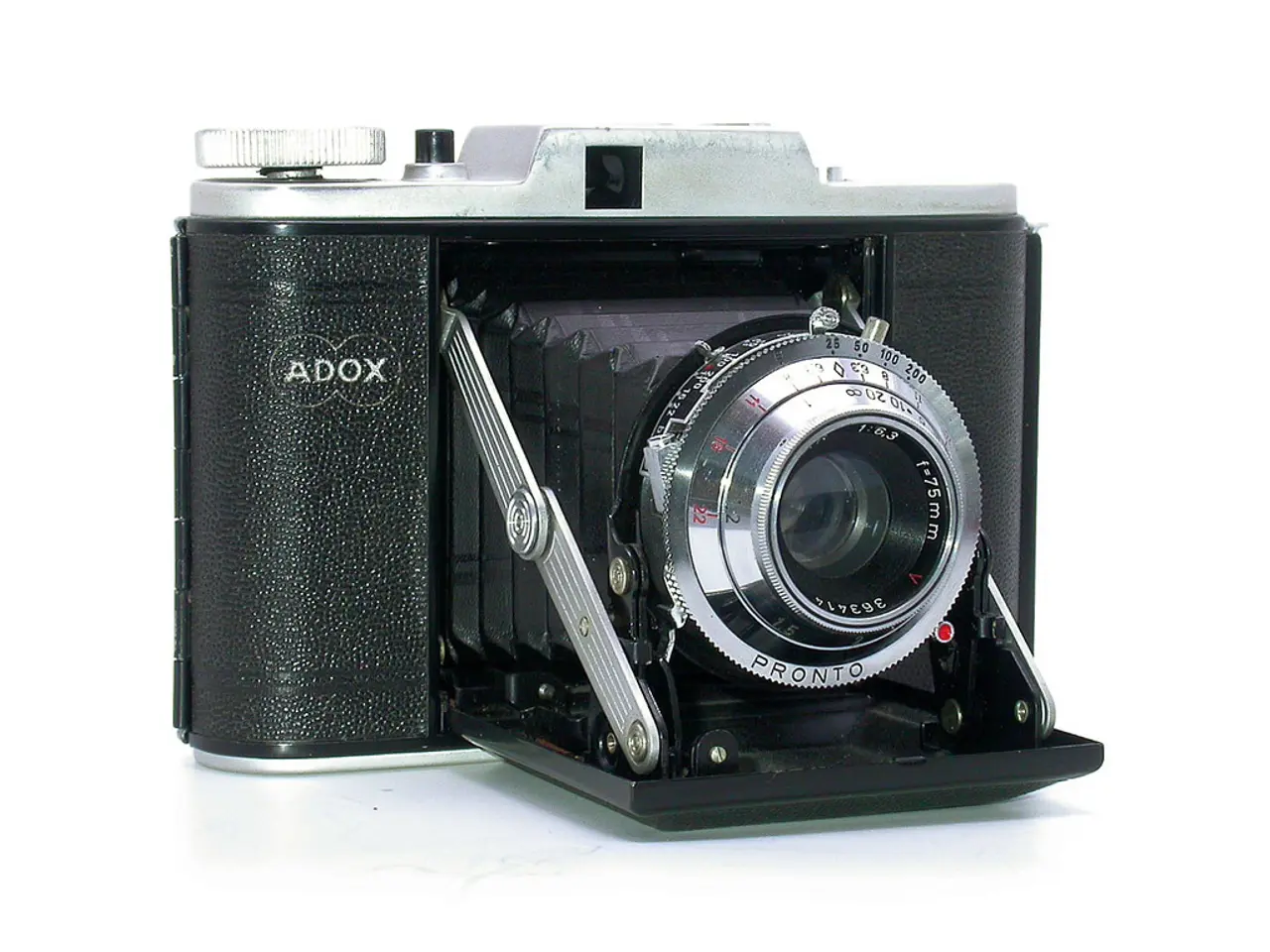Revolutionary Camera Technology Gains Visibility into Human Anatomy
Revolutionary Camera System Transforms Endoscopic Procedures
A groundbreaking camera system is set to revolutionize the medical field, offering real-time, non-invasive endoscope tracking. This technology, when combined with other emerging techniques, could lead to an era of non-invasive disease detection and reduced procedural invasiveness.
The technology, currently under development, boasts high-resolution imaging, depth estimation, and advanced visualization techniques. By continuously tracking the endoscope’s position and orientation inside the body without additional invasive markers, it supports more accurate navigation and tissue interaction modeling during procedures.
Key features and potential applications include real-time 3D visualization and tracking, non-invasive tracking through advanced imaging, enhanced surgical precision and autonomy, integration with existing imaging and information systems, and applications across various specialties.
Real-time 3D visualization and tracking upgrade traditional 2D endoscopic imaging to immersive 3D views, allowing surgeons to better perceive depth and spatial relationships during operations without losing control over the scope's movement. High-resolution video datasets with depth estimation enable precise tissue tracking through detailed modeling of tissue deformation and instrument interaction in real-time.
Non-invasive tracking through advanced imaging uses 4K resolution video paired with photometric cues (e.g., shading, specular highlights) to assist monocular depth estimation networks in reconstructing the internal environment in 3D, facilitating real-time localization of the endoscope and critical surgical tools without extra hardware.
Enhanced surgical precision and autonomy support automated workflow analysis, objective skill assessment, and context-aware autonomy, which can improve safety and outcomes in minimally invasive surgeries.
Integration with existing imaging and information systems ensures seamless capture, tagging, storage, and retrieval of images in electronic health records, enabling interoperability across clinical departments and facilitating multidisciplinary collaboration.
Applications across specialties include gastrointestinal (GI) endoscopy, spine surgery, and other procedures that benefit from enhanced navigation and visualization to detect abnormalities and guide interventions with greater accuracy and lower risk.
With sufficient funding and development partnerships, the technology could begin appearing in specialized medical centers within three to five years. The ultimate promise of this technology isn't just better images-it's fundamentally better medicine, where observation becomes less disruptive to the observed.
However, the technology faces challenges, such as maximum penetration depth, resolution decrease with tissue depth, and limited ability to penetrate dense tissue types. Researchers are already exploring the use of near-infrared wavelengths to penetrate tissue more effectively.
Clinical trials are required to validate the safety and efficacy of the technology, and regulatory approval through appropriate medical device channels is necessary. Kev Dhaliwal, senior researcher and chief investigator of the Proteus project, stated that the technology allows them to see the location of a device, which is crucial for many healthcare applications.
The technology represents a new paradigm in medical visualization, where the boundaries between external observation and internal examination blur. It offers the possibility that physicians can navigate patients' bodies with greater precision and confidence, potentially improving outcomes. Integration with existing medical imaging systems is necessary for clinical implementation. The new technology reveals the exact location of the light source, while conventional cameras show only diffuse, scattered light with no positional information.
In the clinical settings of tomorrow, seeing through the human body may become as routine as taking a pulse is today. The technology represents a philosophical advancement, pushing the boundaries of what is considered observable and known.
The revolutionary camera system under development could potentially integrate technology with science, particularly in medical-health domains like health-and-wellness, by offering non-invasive endoscope tracking and real-time 3D visualization. This advancement could pave the way for a future where technology aids in reducing invasiveness, facilitating precise detection of medical-conditions, and enhancing surgical procedures.
By employing cutting-edge imaging techniques and depth estimation, this technology could revolutionize various specialties, such as gastrointestinal endoscopy, spine surgery, and possibly more, providing physicians with improved navigation and examination capabilities, ultimately striving for better medicine and health-outcomes.




